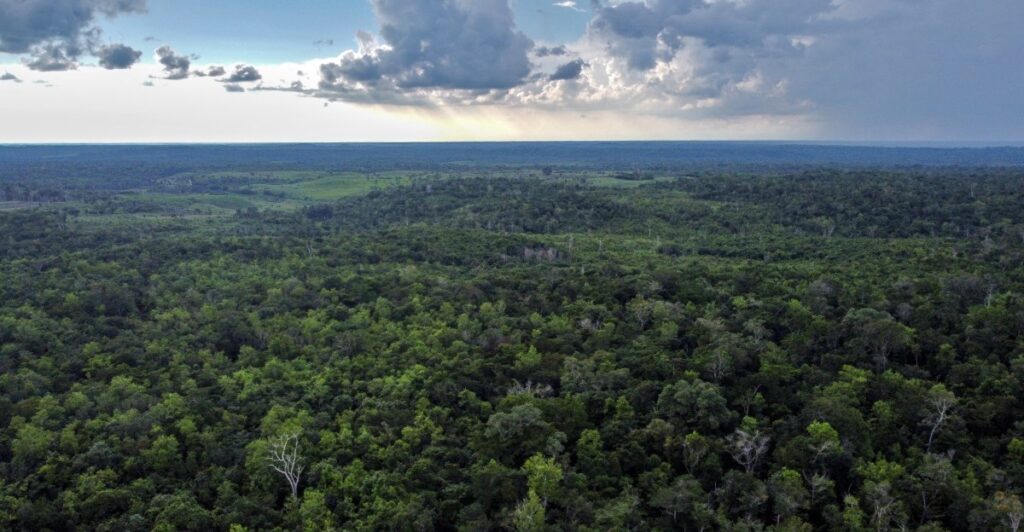During a nasty summer heat wave — see: much of the US right now — water is a reliable source of relief. Where there are no rivers or lakes to swim in, we still might have swimming pools, sprinklers, and popsicles to keep ourselves cool.
Wild animals don’t have such luxuries.
Bouts of extreme heat and drought — which are becoming more common and less predictable as global temperatures rise — can cause natural watering holes in many different types of ecosystems to dry up. And animals don’t have a tap they can simply turn on. That leaves them with few places to hydrate and cool off, putting their lives, often already imperiled, at risk.
But in some parts of the world, humans are offering help. In the jungles of northern Guatemala, which have been abnormally hot in recent years, environmental groups placed several large tubs of water in nature reserves. They refill them regularly, providing a reliable source of fresh water that animals can drink from or splash in, even when there’s no rain. And luckily for us, they also put motion-activated cameras nearby to see which animals were using them.
You might call them thirst traps.
“The diversity of species using the water sources was amazing,” said Gabriela Ponce, head of Wildlife Conservation Society Guatemala, a group involved in the project with several others, including the local Guatemala NGO Foundation for Ecodevelopment and Conservation.
The footage reveals a diverse cast of jungle characters, including those that are rarely seen, like jaguars and tapirs — large herbivores with distinct trunk-like noses. It also exposed some interesting animal behaviors, Ponce said. Researchers noticed that spider monkeys seemed to prefer drinking from raised water containers — perhaps so that they can quickly escape if predators approach, Ponce said.
Wild animals are often more sensitive to environmental impacts than we are. They don’t have technologies like air conditioning and water purification to survive all the ways in which we’re altering the planet, from heating it up to filling it with pollution. And when climate disasters hit, the impacts are often devastating to wild animals, too.
“Artificial watering holes are not a permanent solution,” Rony García-Anleu, who leads biological research at Wildlife Conservation Society Guatemala, said in a press release. “But they are a vital tool in helping wildlife adapt to increasingly unpredictable environmental conditions.”

